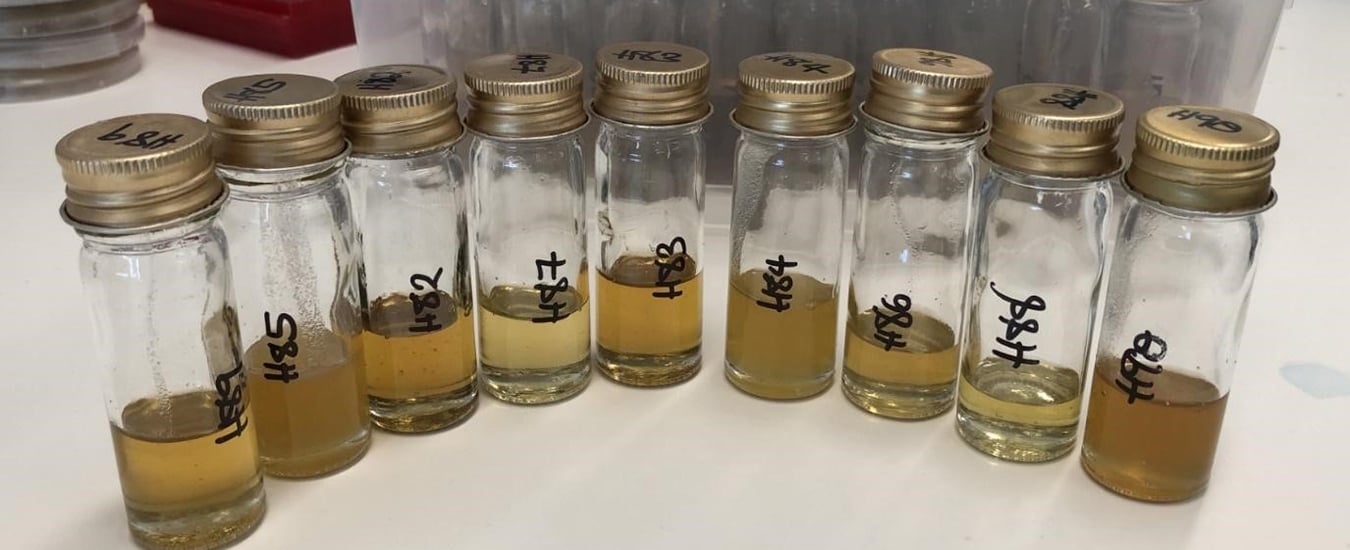Antimicrobial honeys can command premium prices and have valuable medical applications. Currently, the lack of well-defined parameters for assessing these properties presents a significant challenge to the Australian honey industry in developing the antimicrobial honey market. Our recently published study set out to address this challenge, aiming to identify key factors influencing the antimicrobial activity of honey and provide practical ways for the industry to assess these. We profiled the antimicrobial properties of a diverse collection of 30 Australian honeys, analysing how various physical and chemical traits align with antimicrobial activity against different microbes.
The need for a direct microbiological test
Using statistical models, we determined the predictive capacity of various chemical and physical properties on antimicrobial activity. In manuka honey, most antibacterial activity is due to methylglyoxal (MGO), making a simple chemical test of MGO concentration sufficient to replace microbiological testing. Non-manuka honeys present a more complex challenge. We found that combining factors like hydrogen peroxide levels, antioxidant content, and water activity improved predictive capabilities compared to considering any single factor alone, but our models still did not reach very high confidence. These findings highlight the multifaceted nature of honey’s bioactivity and indicate that direct microbiological measurement of antimicrobial activity will remain the best strategy for the industry in terms of both accuracy and simplicity.
The phenol test vs the minimum inhibitory concentration test
In Australia, the current industry standard for measuring antimicrobial activity is the phenol equivalence assay, which is an agar diffusion-based assay. The phenol equivalence assay has significant drawbacks including difficulty interpreting the results, variability between laboratories, reliance on one microorganism, and the water-based agar matrix preventing the free diffusion of some potentially bioactive compounds. Our study argues that the minimum inhibitory concentration (MIC) assay, which is a broth-based assay, provides superior results. The MIC assay can be applied to a wide variety of microbes including bacteria, yeasts, and moulds, is not affected by diffusion-issues, and is the gold standard research method for antimicrobial susceptibility testing. We propose that the MIC assay is a superior method for testing the antimicrobial activity of honey and where possible should replace the phenol equivalence assay as the industry standard.
Acknowledgements:
- NSW Bushfire Industry Recovery Project Website: https://www.nsw-bushfire-recovery.com/home
- Fernandes KE, Dong AZ, Levina A, Cokcetin NN, Brooks P and Carter DA. (2024). Long-term stability and the physical and chemical factors predictive for antimicrobial activity in Australian honey. PLoS One, 19(5): e0303095. doi: doi.org/10.1371/journal.pone.0303095
- This article was peer-reviewed by Dr Soumi Paul Mukhopadhyay and Nadine Chapman.
- Main article image – Active Australian honeys (Courtesy Kenya Fernandes, University of Sydney)


